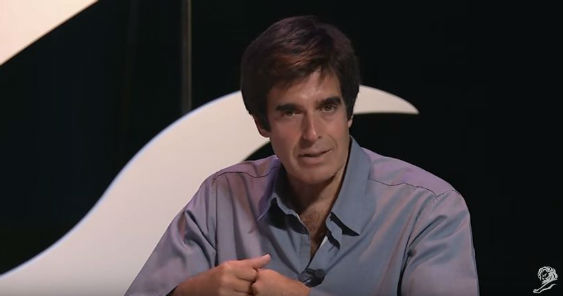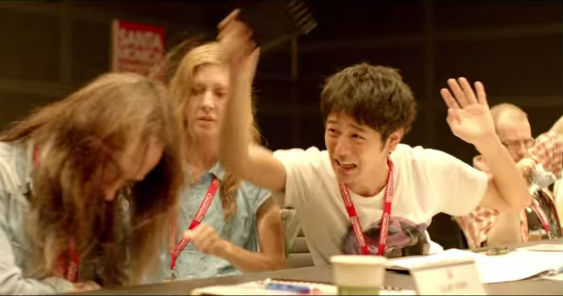GLOBAL – Eastman Kodak Company, known to many as Kodak, has filed for bankruptcy late last week as its restructuring and cost-cutting efforts continued to fail to restore liquidity. The 131-year-old film and photography pioneer listed assets of $5.1 B and debts of $6.8 B in its Chapter 11 documents, filed in the U.S. Bankruptcy Court in Manhattan.
This recent development represented a spectacular fall of a once-powerful brand, a common household name almost synonymous to cameras and photography, overtaken by technology that has redefined so many industries.
The Beginning of the End
In 1976, 87 years since its founding in 1889, Kodak commanded 90% of film sales and 85% of camera sales. The brand thrived on its tag line “Kodak Moment” – remarkable, priceless moments in people’s lives that ought to be captured in photographs in order to preserve them forever. The phrase needed no celebrity power to propel it forward and up because it became a household term even across countries and cultures and has been used as an everyday term, even outside of the brand.
Kodak appeared to have been stuck in their picture-perfect moment, however, as it remained trapped in a stagnant culture, fostering a rather unimaginative and highly executive mindset. It was also slow on the uptake when it came to dealing with competition, most notable of which was Japan’s Fujifilm, which gained a stronger foothold in the American market when Kodak declined to become the official film of the 1984 Los Angeles Olympics.
However, the biggest bane to Kodak is the advent of digital photography, which significantly reduced the demand for traditional film. Even as Kodak gradually introduced digital cameras and other products into its lineup, and used celebrities like Rihanna for promotion, it still failed to catch up with the advancement of digital photography.
Chris Aguilar of Jorg Dietzel Group, Philippines views this bankruptcy as a simple case of failing to adapt. “Kodak executives must be going through the whole range of should’ve, could’ve, would’ve right now. To keep pace can be a real stretch at times and even more so when those who hold the power over the brand are not always ready to accept, and then adapt to, the changing times.”
“Kodak’s brand promise has always been and will always continue to be about preserving memories,” said Aguilar. When digital technologies changed the landscape of photography, however, Kodak lost the dominance in the field that they once lorded over. “Their position of power has been forever compromised.
“They will always be a powerful name in the industry (photography and film) but may never regain their previous position,” continued Aguilar. “It takes more than just a name to keep a brand strong these days and while Kodak may be able to resuscitate its brand, they must consider what the cost will be and how and where they will start.”
The recovery will take a lot of time and will depend on a number of factors, said Aguilar. “A new CEO might help, or a whole new marketing department,” he said, citing Lee Iacocca’s revival of Chrysler in the 1980s. “It would be wonderfully romantic to see a brand like Kodak, but only time will tell.”
The Lowdown
As Kodak fell victim to the digital shift in the past few years, it has laid off 47,000 employees since 2003, closed 13 factories that produced film, paper, and chemicals, and shut down 130 photo laboratories. The situation became so dire that Kodak even said it would stop all investments in its flagship product that same year.
To help alleviate its deteriorating financial status, Kodak attempted to sell more than 1,100 digital imaging patents last year through Lazard, in the hopes to cash in on the intellectual property acquisition frenzy, which included Google’s buyout if Motorola mobility. The plan failed, however, mostly due to Kodak’s present overall monetary instability that scared off potential buyers.
Kodak’s revenues have been cut in half since 2005 and further declines are predicted for the next two years as film and photofinishing unit sales sank 14% further in the second quarter. The company’s losses since 2008 exceeded $1.76 billion. The company, which is facing its sixth annual loss in the past seven years, is expected to report its fourth-quarter results on January 26.
Through the reorganization petition it filed last January 19, Kodak aims to “bolster its liquidity in the U.S. and abroad, monetize non-strategic intellectual property, fairly resolve legacy liabilities, and enable the Company to focus on its most valuable business lines.”
Kodak will also continue to provide the usual employee wages and benefits, honor its obligations to suppliers even after the filing of the petition, and continue customer programs, even as it undergoes the reorganization process. Non-U.S. subsidiaries are operating as usual, as they are are not part of the filings and not subject to court proceedings.
“A U.S. Chapter 11 proceeding is a legal mechanism that generally focuses on the preservation and reorganization of ongoing operating companies. The process will allow Kodak to continue normal business operations while we accomplish our objectives and emerge a profitable and sustainable enterprise,” Kodak explained in its reorganization information website. “Kodak aims to build company that will be successful in the marketplace – and a positive force in the communities we call home,” it concluded.
Sources: The New York Times, Bloomberg




